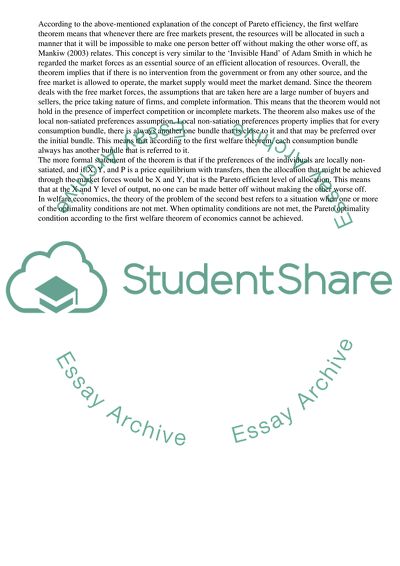Cite this document
(Efficient Allocation of Resources in Market Term Paper, n.d.)
Efficient Allocation of Resources in Market Term Paper. Retrieved from https://studentshare.org/management/1743520-economic-principles
Efficient Allocation of Resources in Market Term Paper. Retrieved from https://studentshare.org/management/1743520-economic-principles
(Efficient Allocation of Resources in Market Term Paper)
Efficient Allocation of Resources in Market Term Paper. https://studentshare.org/management/1743520-economic-principles.
Efficient Allocation of Resources in Market Term Paper. https://studentshare.org/management/1743520-economic-principles.
“Efficient Allocation of Resources in Market Term Paper”, n.d. https://studentshare.org/management/1743520-economic-principles.


